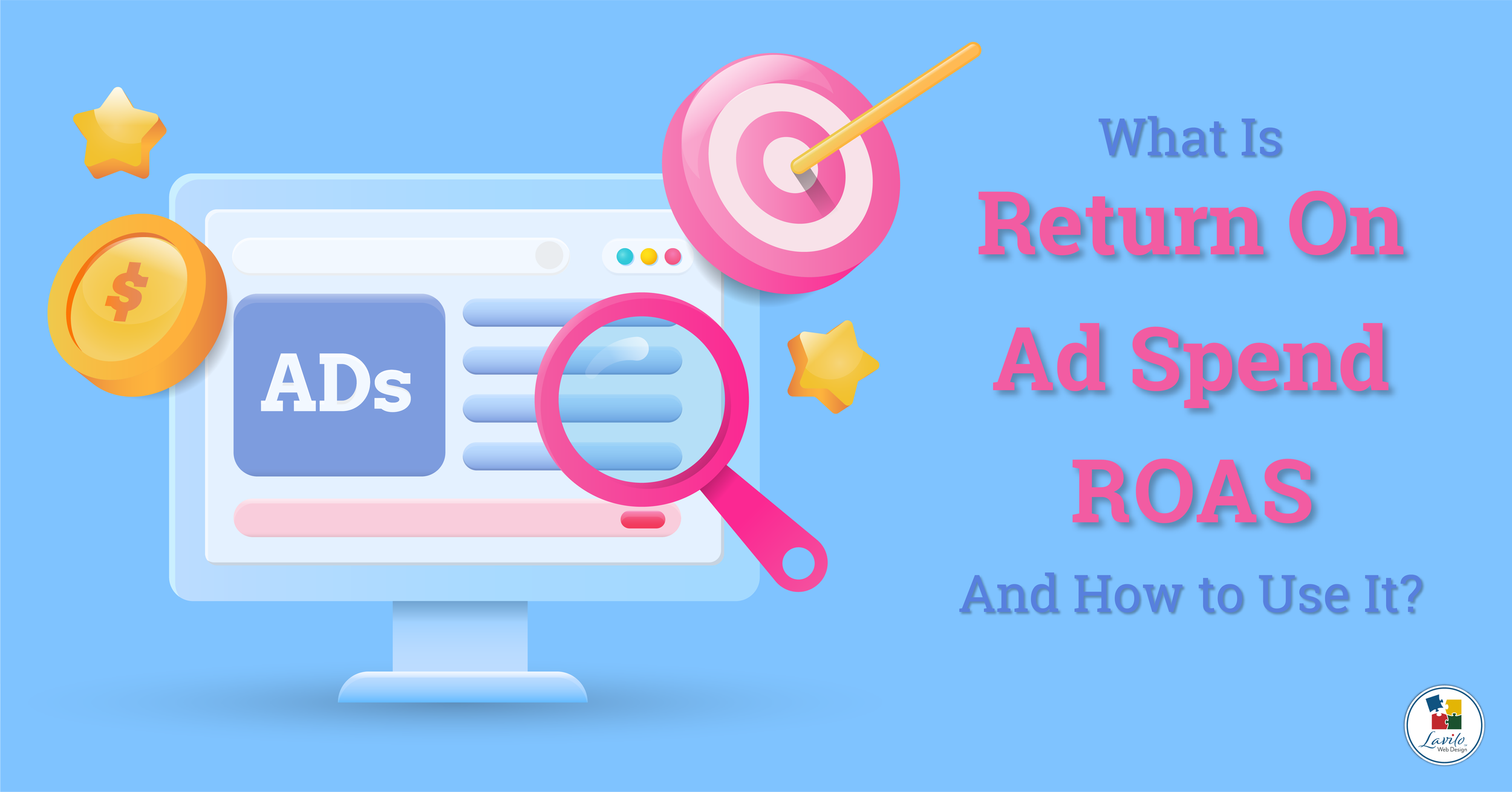5 Key Marketing Metrics Every Small Business Owner Should Track
Tracking 5 standard metrics lets small business owners identify successful marketing strategies, allowing them to focus their money on opportunities that significantly impact growth and profitability.
Small business owners constantly juggle multiple roles, including managing all advertising campaigns as their one-person marketing department. At times, wearing many hats can become so overwhelming that business owners often stop monitoring whether their ad campaigns continue to produce the desired financial results.
Fortunately, using standard metrics offers an efficient way to evaluate the effectiveness of a company's marketing spend without adding much extra time. Most social media or email marketing platforms already produce the first two metrics, while you can easily calculate the remaining three.
1: Cost per Lead (CPL)
Cost per lead (CPL) measures the average amount a company spends on getting one new lead from an advertising campaign.
As acquiring a lead doesn't guarantee a signed contract, you should also track the metric cost per acquisition (CPA).
The following example illustrates how these two metrics work together.
Suppose you pay $3,000 for a Facebook ad campaign that generates 50 leads. The cost per lead would be $60 ($3,000 divided by 50). However, only 2 leads become paying customers. The cost per acquisition is $1,500 ($3,000 divided by 2).
Monitoring both metrics provides valuable insight into the true cost of acquiring an additional customer.
2: Click-Through Rate (CTR)
The click-through rate (CTR) divides the number of users who clicked on an ad by the number of times that ad was shown (impressions) in a specific period.
A click-through rate of 5% on social media is considered good and acceptable. It means that if 100 people see an ad, 5 will click on it.
If you want to measure the effectiveness of email marketing campaigns, use the click-to-open rate (CTOR) instead. It measures the number of unique clicks on an embedded link in an email divided by the number of unique opens.
3: Return on Ad Spend (ROAS)
The return-on-ad-spend (ROAS) measures how much revenue $1 of ad spend generates. The benchmark is around 3 to 11 times the ad spend, depending on the industry.
4: Customer Lifetime Value (CLV)
The customer lifetime value (CLV) concept measures a customer's value not by a single transaction but by the sum of all potential purchases over the lifetime of the relationship.
CLV is a fundamental marketing concept. At its core, it states that customers who repeatedly buy from you can vastly exceed the revenue potential of customers who only purchase once.
5: Referral Rate
The referral rate measures the percentage of new customers who are referred by existing customers.
A business with a high referral rate spends less on acquiring new customers, which can translate into significant savings that can be reinvested in other strategies, such as word-of-mouth marketing.
Track the Right Things
Tracking these five metrics provides small business owners with a solid foundation for assessing the effectiveness of their marketing spending. It lets them identify successful marketing strategies and discontinue those that do not live up to the hype, allowing them to focus their money on opportunities that significantly impact growth and profitability.
















